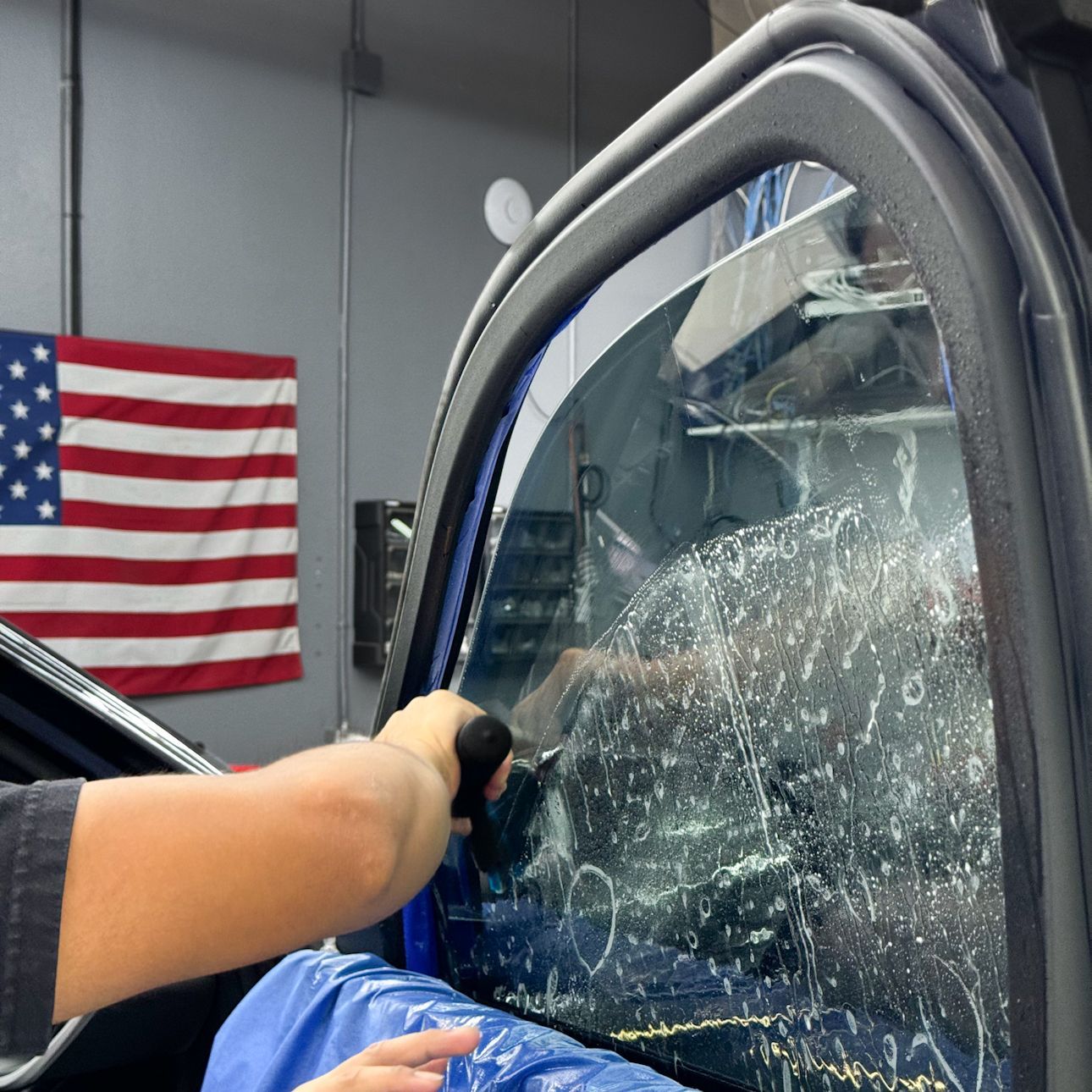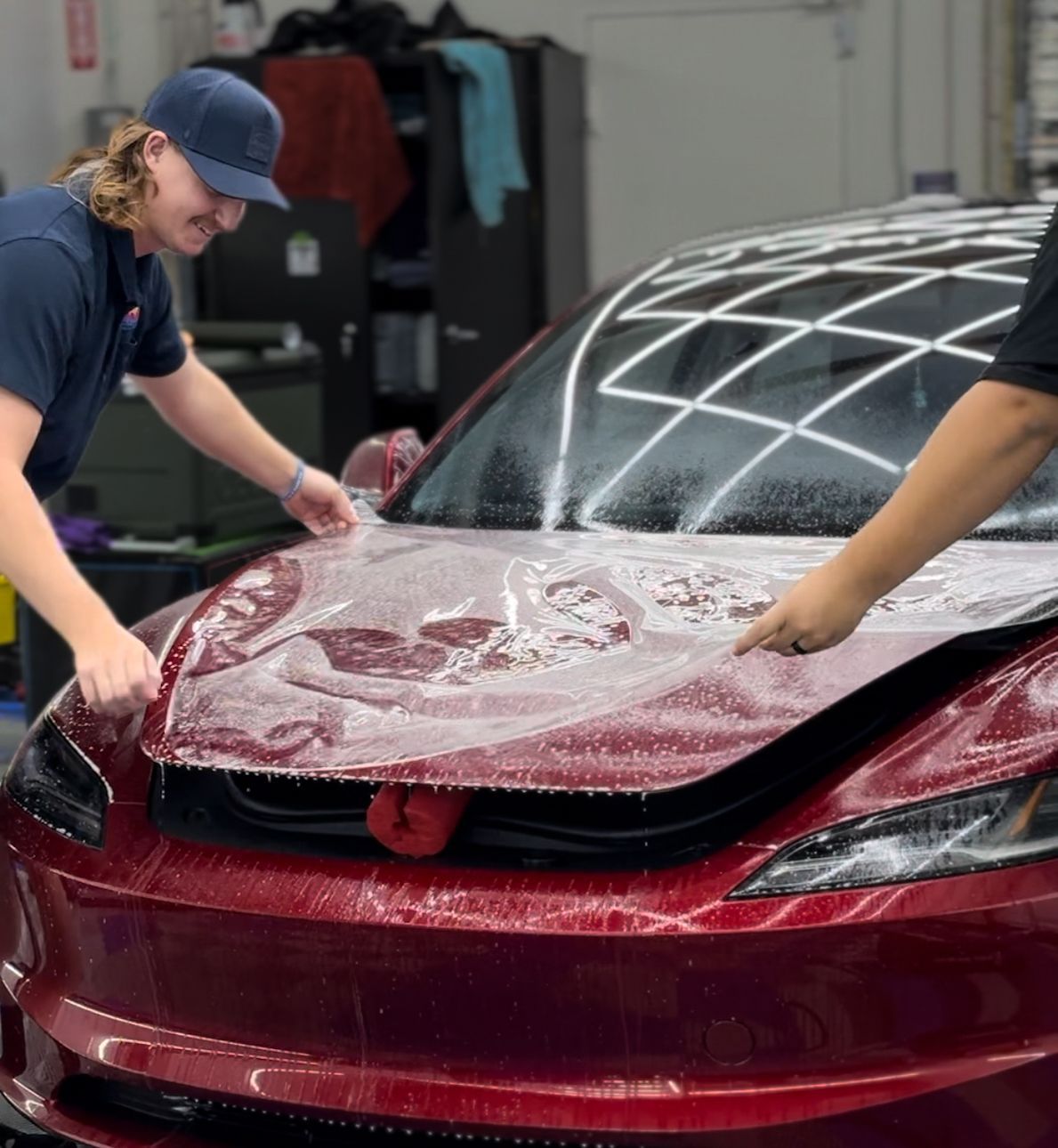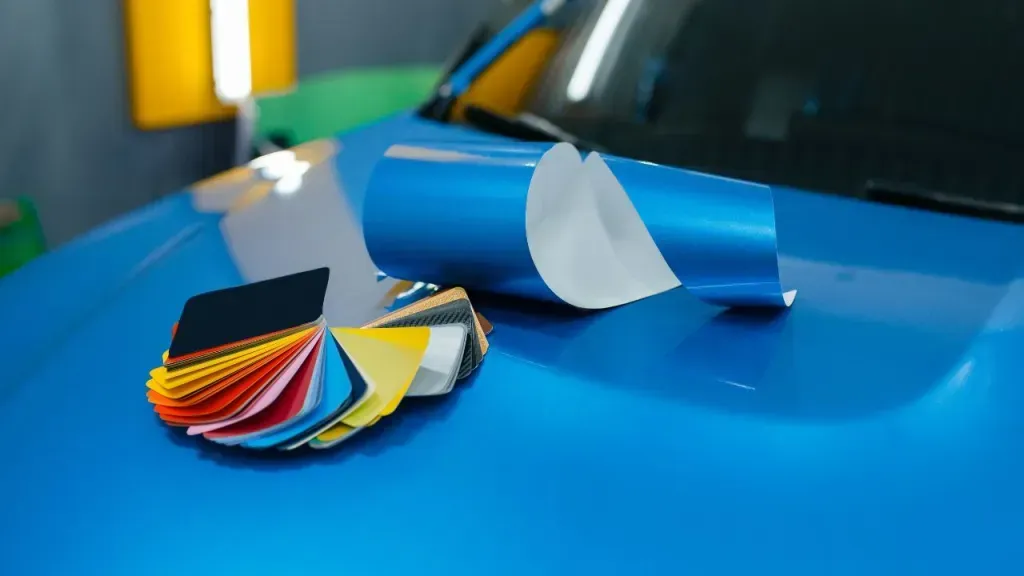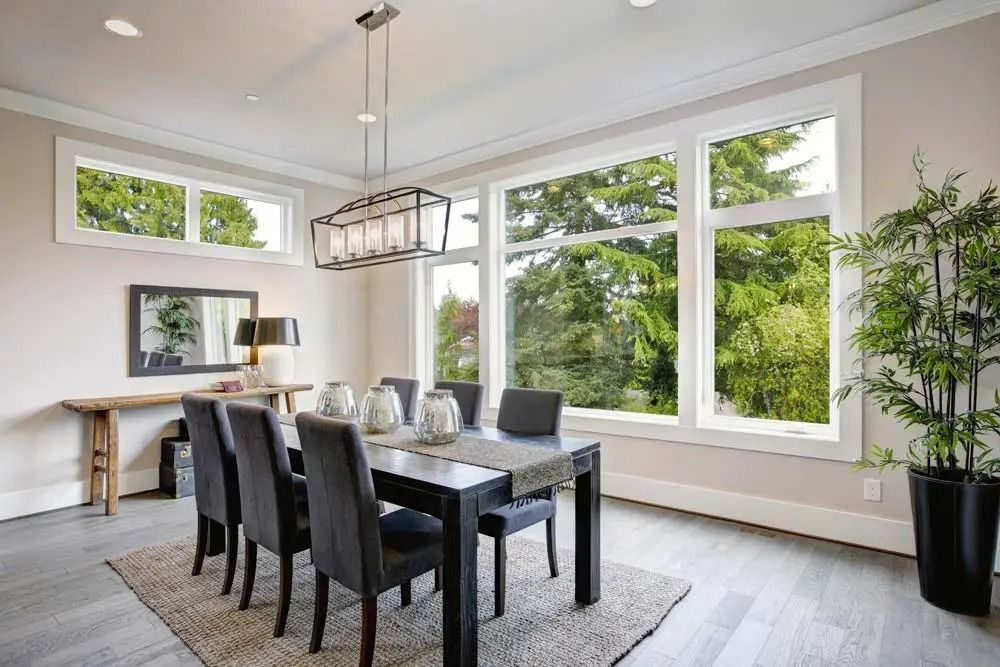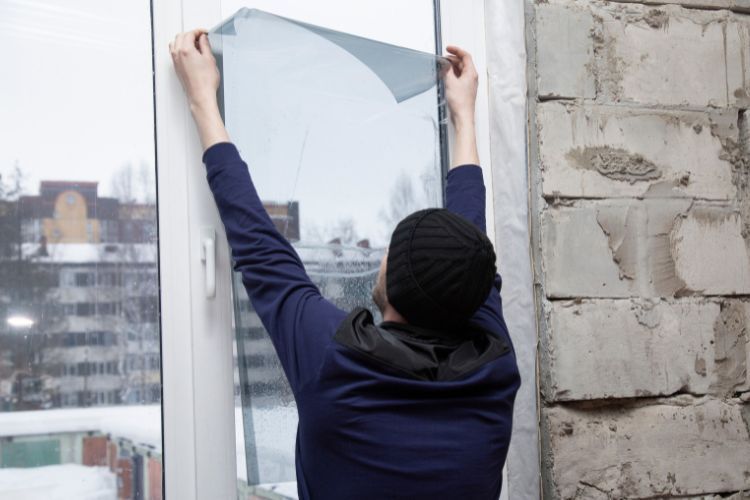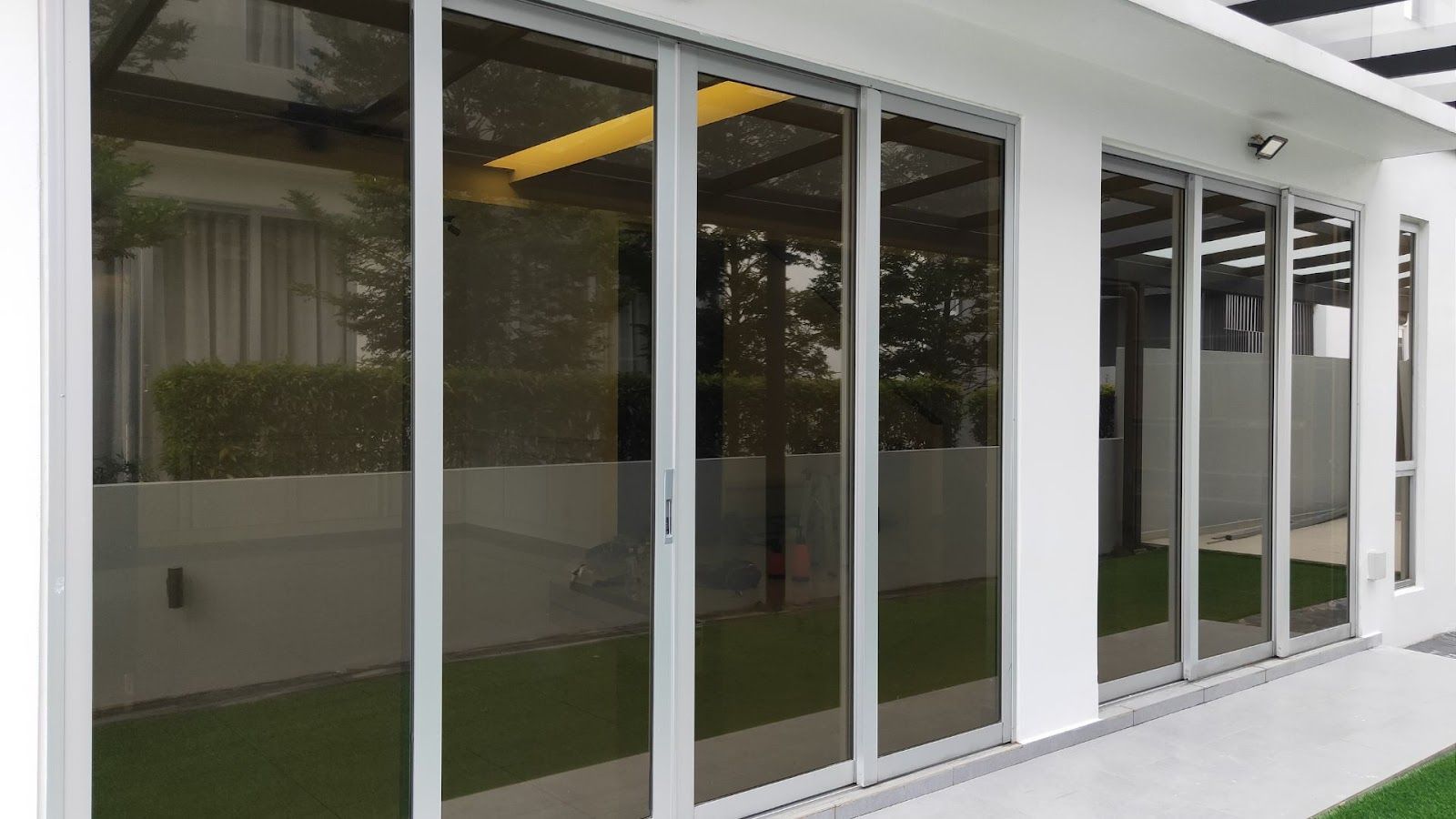Tinting home windows has become an increasingly popular practice for homeowners seeking improved privacy, energy efficiency, and aesthetic appeal. This process involves applying a thin film to the interior surface of windows, altering their transparency, and enhancing various aspects of the living space. This article will delve into window tinting, its benefits, different types of window films, the installation process, and the considerations one should consider before embarking on this home improvement journey.
Types of Window Films
- Dyed Window Film: Dyed films are made by applying a layer of dye to the surface of the window. They effectively reduce glare and heat but may not be as durable as other types. Over time, dyed films may fade due to prolonged exposure to sunlight.
- Metalized Window Film: Metalized films incorporate tiny metallic particles into the film, providing excellent heat and UV radiation rejection. They are durable and offer enhanced privacy. However, they may interfere with electronic signals, such as those from cell phones or radios.
- Ceramic Window Film: Ceramic films use advanced technology to reject high heat while maintaining optical clarity. They do not contain metal, preventing signal interference. Ceramic films are known for their durability and superior performance but may come at a higher cost.
- Carbon Window Film: Carbon films are known for their color stability and heat resistance. They effectively block UV rays and reduce glare, making them popular for those seeking functionality and aesthetics.

Installation Process
While window tinting may seem straightforward, it is crucial to follow the correct steps to ensure a professional and long-lasting result. Here is a general outline of the installation process:
- Surface Preparation: Clean the windows thoroughly to remove dirt, dust, or debris. Proper surface preparation is essential for the film to adhere seamlessly to the glass.
- Measuring and Cutting: Measure the dimensions of the windows accurately and cut the tint film accordingly. Cutting the film slightly larger than the window size is advisable to allow for adjustments during installation.
- Application Solution: Prepare a soapy water solution for the application process. This solution helps the film adhere to the glass and facilitates easy adjustments.
- Application of Film: Carefully apply the tint film to the window, starting from the top and working downward. Use a squeegee to remove any air bubbles and excess solution, ensuring a smooth and even application.
- Trimming and Final Adjustments:
- Trim any excess film using a sharp utility knife.
- Pay attention to the edges and corners for a neat finish.
- Make final adjustments to eliminate any remaining bubbles or imperfections.

Considerations Before Tinting
- Local Regulations: Check local regulations and homeowners’ association guidelines regarding window tinting. Some areas may restrict the darkness of tint or the use of reflective films.
- Type of Film: Consider the specific needs and preferences of your home. If UV protection is a priority, opt for a film with high UV rejection. For enhanced privacy, choose a darker shade.
- Professional vs. DIY Installation: While some homeowners may tint their windows as a DIY project, professional home window tinting ensures optimal results. Professionals have the expertise to handle different types of films and provide a flawless application.
- Maintenance: Tinted windows require minimal maintenance but should be cleaned with non-abrasive materials to avoid scratching the film. Harsh chemicals and abrasive cleaners can compromise the tint’s longevity and clarity.
- Long-Term Costs: Evaluate the long-term costs associated with window tinting. While high-quality films may have a higher initial cost, they often provide better durability and performance, ultimately saving money over time.
Tinting home windows is a versatile and practical solution for homeowners looking to enhance privacy, improve energy efficiency, and add a touch of style to their living spaces. With various types of window films available, each catering to specific needs, individuals can tailor the tinting process to suit their preferences. Whether opting for a DIY approach or seeking professional installation, the benefits of window tinting make it a worthwhile investment for a more comfortable and aesthetically pleasing home.

Transform Your Home Into an Oasis of Comfort With Sundown Window Tinting
Say goodbye to harsh glares, excessive heat, and harmful UV rays invading your sanctuary. Our premium window tinting solutions enhance privacy and security and elevate your home’s aesthetic appeal.
Experience the difference as natural light floods in without the unwanted heat and glare, creating a serene ambiance throughout your living space. Our expert team ensures precision installation tailored to your needs and preferences, consistently delivering flawless results.
Don’t wait any longer to enhance your home environment. Contact Sundown Window Tinting now for a consultation, and let us bring unparalleled comfort and elegance to your doorstep.
Posted in Home and Office Window Tinting


